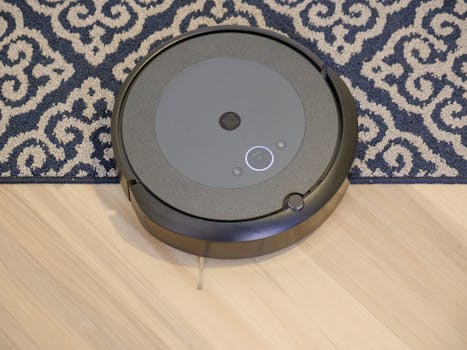
Smart Homes and Smart Living: The Technological Transformation of European Homes by 2025
Smart Homes and Smart Living are revolutionizing the way Europeans live, work, and interact with their living spaces. The integration of cutting-edge technologies, such as artificial intelligence, Internet of Things (IoT), and data analytics, is transforming traditional homes into smart, efficient, and sustainable habitats.
Introduction to Smart Homes and Smart Living
The concept of smart homes and smart living is not new, but recent advancements in technology have made it more accessible and affordable for the masses. Smart homes are designed to provide a comfortable, convenient, and secure living experience, while minimizing energy consumption and environmental impact. Smart living, on the other hand, encompasses a broader range of aspects, including transportation, healthcare, education, and entertainment.
The Benefits of Smart Homes and Smart Living
The benefits of smart homes and smart living are numerous and significant. Some of the most notable advantages include:
- Energy Efficiency: Smart homes are designed to optimize energy consumption, reducing waste and minimizing the carbon footprint.
- Convenience: Smart homes and smart living offer unparalleled convenience, with automated systems and voice-controlled interfaces making it easy to manage daily tasks and routines.
- Security: Smart homes are equipped with advanced security systems, including CCTV cameras, motion sensors, and alarm systems, providing residents with peace of mind and protection.
- Sustainability: Smart homes and smart living promote sustainable living, with features such as rainwater harvesting, greywater reuse, and solar energy generation.
The Future of Smart Homes and Smart Living in Europe
By 2025, the European home is expected to undergo a significant transformation, driven by technological advancements and changing lifestyles. Some of the trends and developments that will shape the future of smart homes and smart living in Europe include:
- Increased Adoption of IoT Devices: The use of IoT devices, such as smart thermostats, smart lighting, and smart security cameras, will become more widespread, making it easier for residents to control and monitor their living spaces.
- Artificial Intelligence and Machine Learning: The integration of AI and ML will enable smart homes to learn and adapt to the habits and preferences of residents, providing a more personalized and efficient living experience.
- 5G Connectivity: The rollout of 5G networks will provide faster, more reliable, and more secure connectivity, enabling seamless communication between devices and systems.
- Sustainable and Energy-Efficient Solutions: The demand for sustainable and energy-efficient solutions will drive innovation, with smart homes and smart living systems optimized to minimize energy consumption and reduce waste.
Conclusion
In conclusion, the European home is on the cusp of a significant transformation, driven by technological advancements and changing lifestyles. By 2025, smart homes and smart living will become the norm, offering unparalleled convenience, efficiency, and sustainability. As we look to the future, it is essential to prioritize innovation, sustainability, and accessibility, ensuring that the benefits of smart homes and smart living are available to all.






